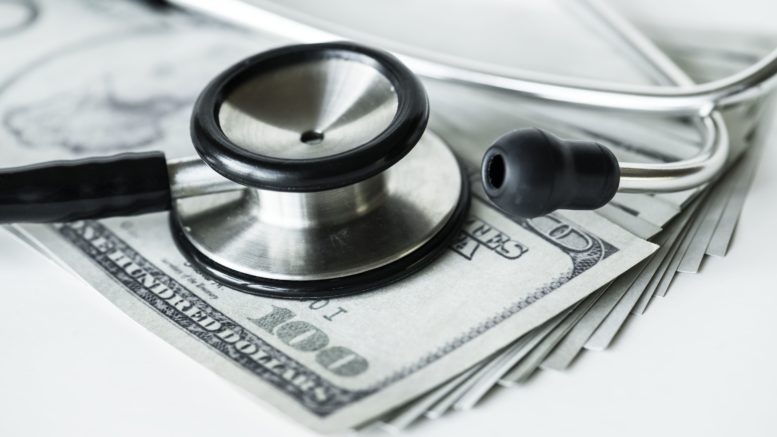With more than 6.2 million hospitalizations due to COVID-19 in the U.S., recognition of the average hospital costs to provide inpatient care during the pandemic is necessary to understanding the national medical resource use and improving public health readiness and related policies.
“Defining the cost of treating hospitalized people with COVID-19 is important to fully understand the financial impact of the pandemic and improving public health readiness for future challenges,” said Kandice A. Kapinos, the study’s lead author and a senior economist at RAND, a nonprofit research organization. The COVID-19 pandemic placed unprecedented demands on medical services worldwide, with estimate cases exceeding 660 million. During the first two years of the pandemic in the U.S., 6.2 million Americans were hospitalized for treatment of the infection.
The peak demand for U.S. hospital services occurred during the Omicron variant surge from November 2021 to February 2022, when patients with COVID-19 accounted for more than one-fifth of hospital admissions and nearly one-third of intensive care beds.
While the pandemic caused many cancelled elective surgeries and other financial challenges for hospitals, relatively little research has probed the cost of providing care to the millions of COVID-19 patients treated in U.S. hospitals.
Researchers from RAND and partner institutions examined the cost of providing care to COVID-19 patients by analyzing information from a repository of clinical, administrative and financial details covering 97% of the nation’s academic medical centers -- more than 800 hospitals in total.
The analysis examined more than 1.3 million inpatient stays from March 2020 through March 2022 and analyzed the costs of providing care to patients, not the amount billed to insurers or the amounts paid. Researchers say these calculations best estimate the strain the illness put on hospitals.
More than 80% of the hospitalized patients entered through emergency departments, 13% received mechanical ventilation, 27% spent time in the ICU and 13% died. The adjusted cost for caring for COVID-19 patients increased by 26% during the two-year study period, compared to an overall 2% to 5% annual average medical cost inflation.
“The way doctors treated patients evolved as we learned about COVID-19,” Kapinos said. “Then once the vaccines became available, the makeup of patients entering hospitals began to change.”
Patients with the highest costs were more likely to have extracorporeal membrane oxygenation or mechanical ventilation but were not necessarily those who died.
Extrapolating the study’s findings to all of the 6.2 million COVID-19 hospitalizations in the U.S. during the study period, researchers suggest that the direct cost of caring for COVID-19 patients during the period could have reached $70 billion.
Kapinos, et al. (2024) sought to examine the mean cost to provide inpatient care to treat COVID-19 and how it varied through the pandemic waves and by important sociodemographic patient characteristics. This cross-sectional study used inpatient-level data from March 1, 2020, to March 31, 2022, extracted from a repository of clinical, administrative, and financial information covering 97% of academic medical centers across the U.S.
The sample included 1,333,404 stays with a primary or secondary COVID-19 diagnosis from 841 hospitals. The cohort included 692,550 (52%) men, with mean (SD) age of 59.2 (17.5) years. The adjusted mean cost of an inpatient stay was $11,275 overall, increasing from $10,394 at the end of March 2020 to $13,072 by the end of March 2022. Patients with specific comorbidities had significantly higher mean costs than their counterparts: those with obesity incurred an additional $2924 in inpatient stay costs, and those with coagulation deficiency incurred an additional $3,017 in inpatient stay costs. Stays during which the patient required extracorporeal membrane oxygenation (ECMO) had an adjusted mean cost of $36,484.
In this cross-sectional study, an adjusted mean hospital cost to provide care for patients with COVID-19 increased more than five times the rate of medical inflation overall. This appeared to be explained partly by changes in the use of ECMO, which increased over time.
Reference: Kapinos KA, et al. Inpatient Costs of Treating Patients With COVID-19. JAMA Netw Open. 2024;7(1):e2350145. doi:10.1001/jamanetworkopen.2023.50145
